
Home of Hong Kong heritage: the ‘pink house’ on The Peak is steeped in history, but faces an uncertain future
Having changed hands last year, what lies next for the house at 5 Pollock’s Path, which was home to the Brown family for more than 50 years and is overflowing with history, is not clear
In The Honourable Schoolboy, by John le Carré, published in 1977 and still one of the best novels set in Hong Kong, Old Craw needs somewhere discreet to spend a night. Old Craw is an Australian journalist working for British intelligence. David Cornwell – Le Carré’s real name – based him on Richard Hughes, Australian journalist, possible spy, stalwart of the Foreign Correspondents’ Club and author of another Hong Kong classic, Borrowed Place, Borrowed Time – Hong Kong and its Many Faces, published in 1968.
Murkiness is afoot in the colony so Old Craw does not head home. He had friends, an American lawyer and his wife, who owned one of Hong Kong’s 200-odd private houses, an elderly rambling place on Pollock’s Path, high up on The Peak, and they had given him a key. A consular car was parked in the driveway but Craw’s friends were known for their addiction to the diplomatic whirl.
Briton returns to wartime home from which dad was taken, executed
That house and its owners were also based on real-life subjects. Cornwell had stayed in it, sleeping on a Chinese day bed in the study. It belonged to Charles and Rosamond Brown. Charles, who died in 2012, was American but an architect, not a lawyer. Rosamond is British and an artist, and until last month, 5 Pollock’s Path had been her Hong Kong home for more than 50 years.
It was true about the social whirl. The parties, however, were not obliged to be diplomatic. (That was left to the French consul general, who moved into 8 Pollock’s Path in 1981.) A governor could, occasionally, be seen at the Browns’ gatherings but the flavour of the crowd was usually creative – artists, architects, journalists – and seasoned with lively lawyers.
Hughes came, of course, although he never actually spent the night. At evening’s end, with the help of other merrymakers, he was often manoeuvred back up the 56 steps that led to the road. Departing guests passed a structure where sedan-chair carriers (“coolies” was the non-politically correct term) had rested from the exertions of carrying their human burdens up and down The Peak. The Browns created their driveway from one of those old paths that ran through their garden.
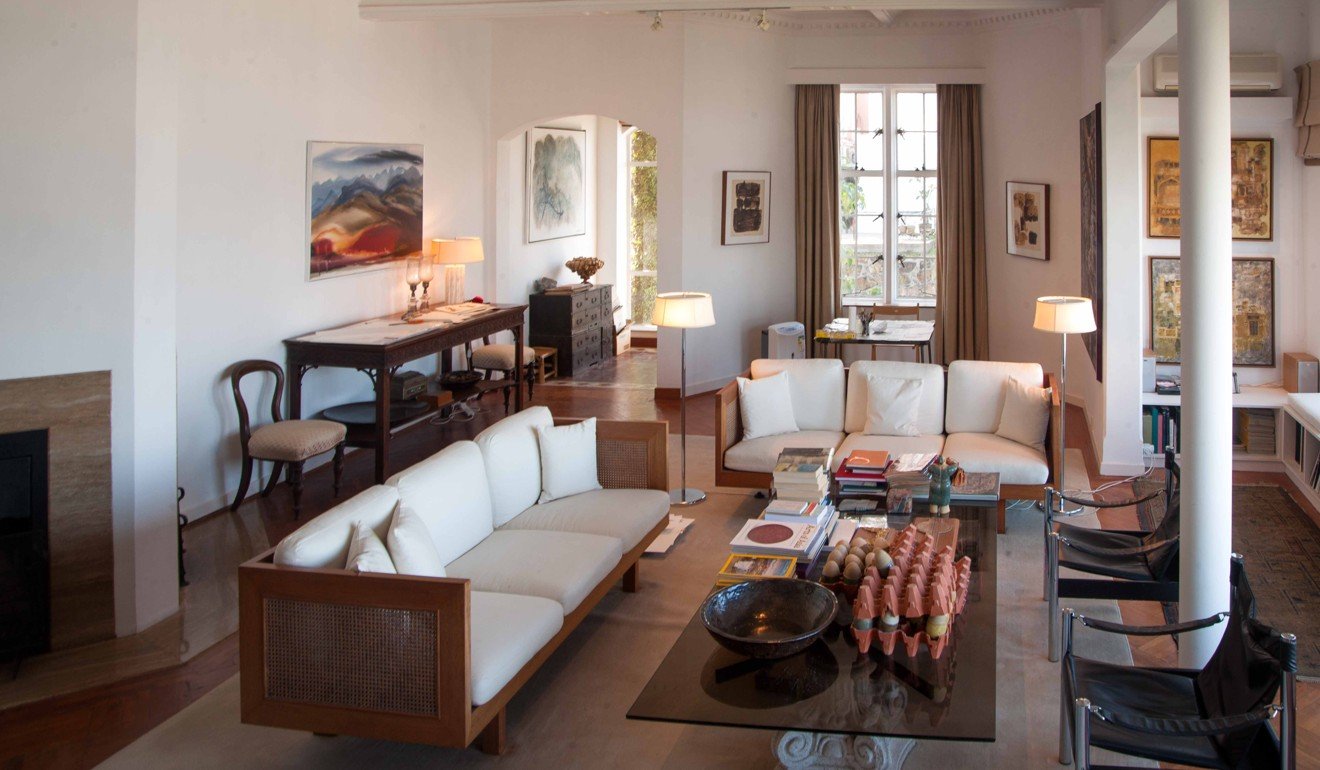
In 1966, when they had first seen it, that garden had been waist-high in weeds. They had thought the house was a ruin: not a light shone at night and the windows stood open to The Peak’s particular climate. They had been in Hong Kong a couple of years already and were living in a place on Plantation Road owned by a Shanghainese man called Jimmy Lee, who liked to wear spats when he dined at the newly built Mandarin Hotel and drove around town in a Rolls-Royce that was too big for his garage. It was this garage the Browns were renting.
“People never painted their own walls then,” said Rosamond, recalling these events on an afternoon earlier this year. It was April 5, Ching Ming, an appropriate day for paying homage to the past. “They still don’t.”
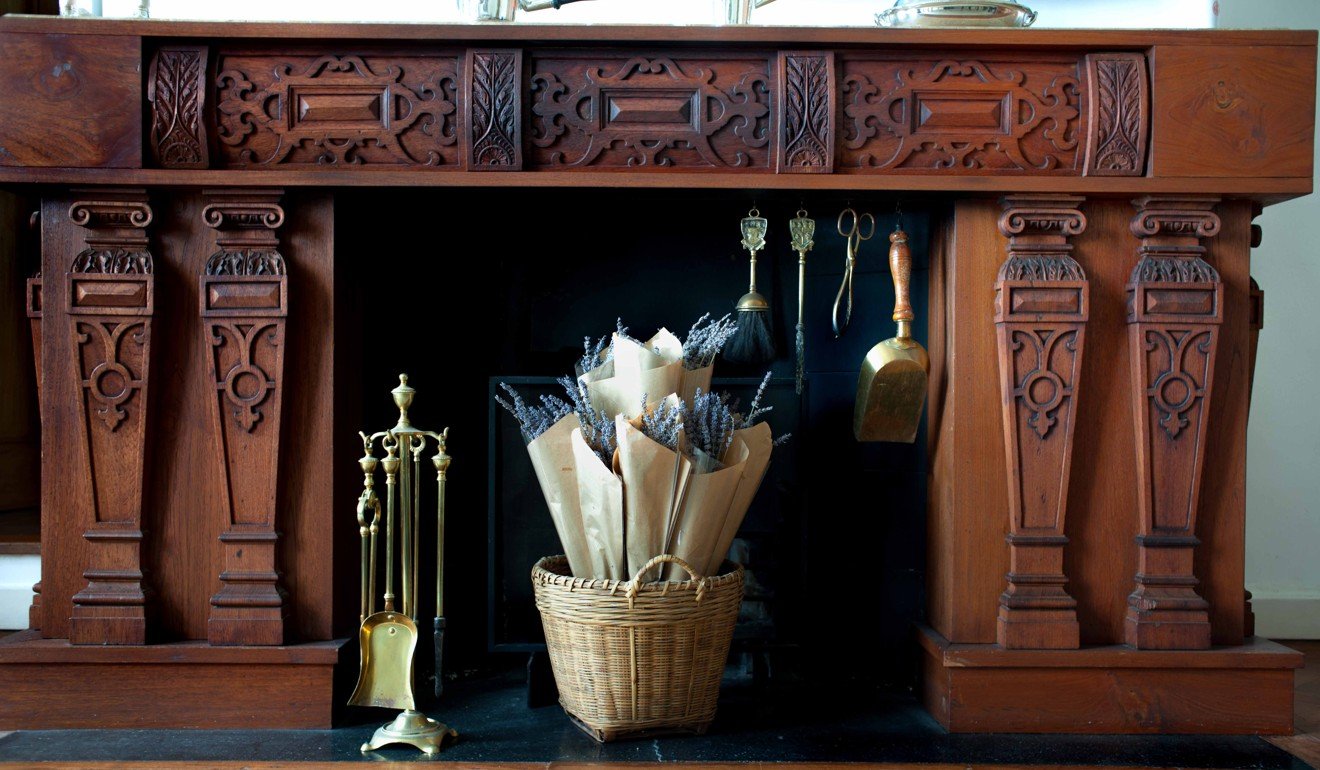
She was perched, slender and upright, on a sofa in her sitting room, which used to be Charles’ study. The view from this eyrie – looking directly across the water to Kowloon’s dragon mountains – is surely one of the most spectacular in the city. When Rosamond first arrived in Hong Kong, in 1964, traditional junks still bat-winged their way through Victoria Harbour, heading for China. The artist in her remembered their sails: “The colour of indigo or pigs’ blood.”
Now, the International Finance Centre and International Commerce Centre rise like gigantic swords on either side of the water. Land reclamation has slashed the sea’s expanse into a narrowing ribbon even as the buildings jostle in the sky for more space. On Rosamond’s table lay a Hong Kong Arts Centre catalogue for an exhibition by artist Sean Scully: “Standing on The Edge of the World”. That’s what it feels like, gazing down from Pollock’s Path’s rocky ridge.
Most of the old Peak residences have disappeared. If you ask Charlie and Ben, the Brown sons, both born in the 60s, about their childhoods, they say that growing up in a house was not so remarkable. They were surrounded by them. Ben, who has art galleries in London and Hong Kong, can still point out where the houses of other families were once located. “Gone, gone, gone,” he says, as his finger ticks them off.
For the Brown family, an era was ending – both for the house and for the diverse collection of Hong Kong architectural artefacts with which Charles had filled it
Even the French consul general has left. In 2011, the French government had a worldwide economy drive and sold 8 Pollock’s Path for HK$580 million. (It has since been demolished.) The following year, when Charles died, Rosamond recognised she would have to sell the house. In the Browns’ case, it was not cost-cutting; in the late 80s, Charles, having paid off the mortgage, had taken out a bank loan, built a block of flats next door and rented them out.
But the maintenance on a large, century-old Peak mansion is ceaseless, and the steps were a worry. In January 2017, therefore, the flats and house were sold for HK$3.2 billion including tax. They were bought by a company called – appropriately enough – High Grand Development, which is owned by Hong Kong businessman Yeung Kin-man. Yeung is also founder of Biel Crystal Manufactory, which supplies the screens for Apple and Samsung smartphones.
It was arranged that after the sale, Rosamond (and Charlie, who has an investment company and lived with his family in an annex downstairs) would rent it back until this summer. No one knows what the Yeung family will do with the property; it’s likely that they don’t know themselves yet. But for the Brown family, an era was ending – both for the house and for the diverse collection of Hong Kong architectural artefacts with which Charles had filled it.
“Shall I light a fire?” Rosamond asked as the April dusk fell and the city climbed into its spangled evening wear.
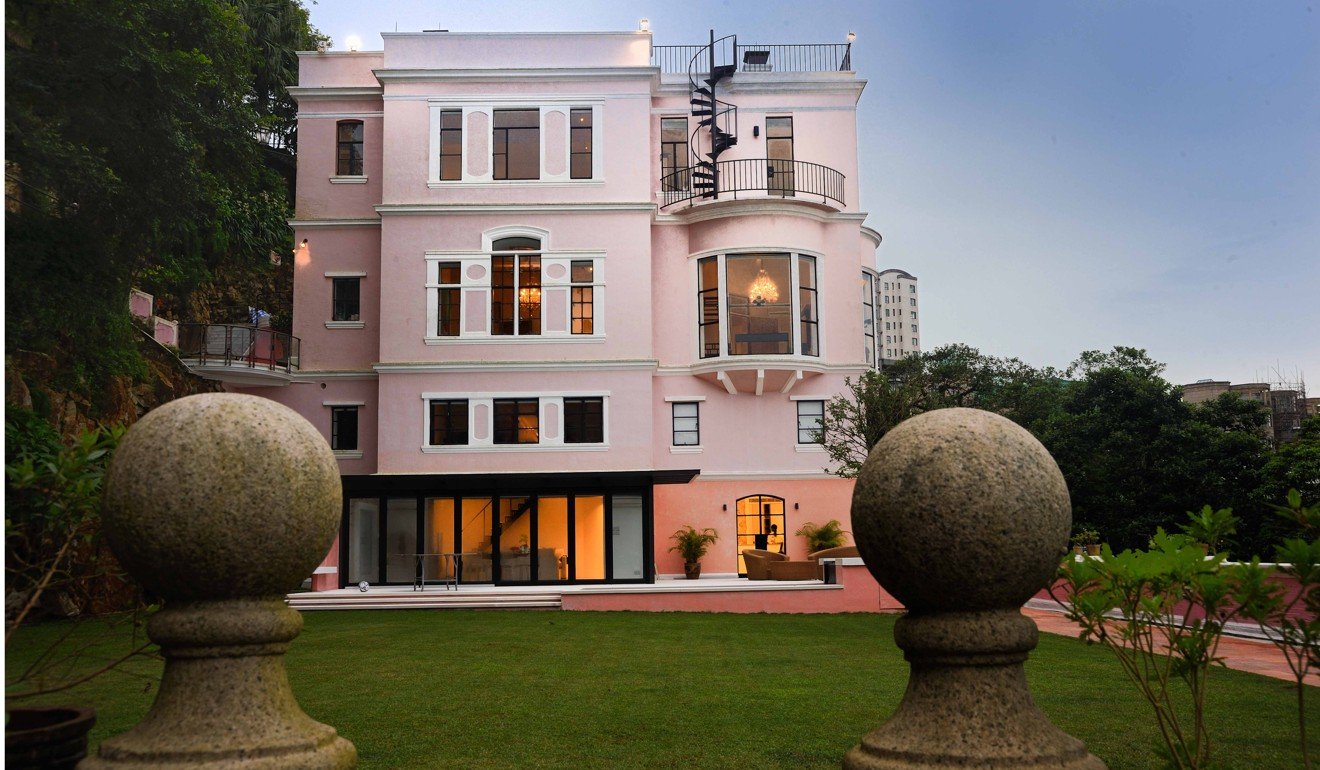
Down in the garden, Goi, one of Rosamond’s Thai domestic helpers, was picking herbs for dinner. About 20 granite finials, like enormous cannonballs, were dotted along nearby balustrades. These, too, came from the old GPO, as did the lovely green tiles, chipped off individually with the help of friends one long-ago weekend, and carried up to decorate a garden wall. Twinkling at various points from ceilings inside the house were five chandeliers from the old Hong Kong Club building (built in 1897, demolished in 1981), on Jackson Road.
“All the contractors who were pulling places down used to phone him and say, ‘Mr Brown, come quick,’” Rosamond said of her husband’s excellent connections. “They knew he was interested. He couldn’t bear waste and Charles was a magpie.”

The colonial relics he had gleaned for his nest would soon be crated and dispersed to other places in Hong Kong and Europe. Like the house he loved, they had managed to survive longer than expected in this most transient of cities. As Rosamond moved from room to room, enthusiastically recounting tales, they waited on borrowed time, in a borrowed place.
If you employ Google Maps to locate 5 Pollock’s Path, the word “Hilden” pops up. That was the property’s original name but Charles and Rosamond never used it, and, in recent years, it was simply known as “the Pink House”; but Hong Kong’s utilities companies have long memories when it comes to sending out their bills (and Google has clearly done its research).
Because Hong Kong’s streets and numbering system frequently changed during the colonial period, delving into history at the Public Records Office, in Kwun Tong, is easier with an immutable house name. Held together with rusted paper clips, official papers switch between His and Her Majesty’s Service (depending on the British monarch at the time), so one can track a building’s presence from Victoria to Elizabeth.
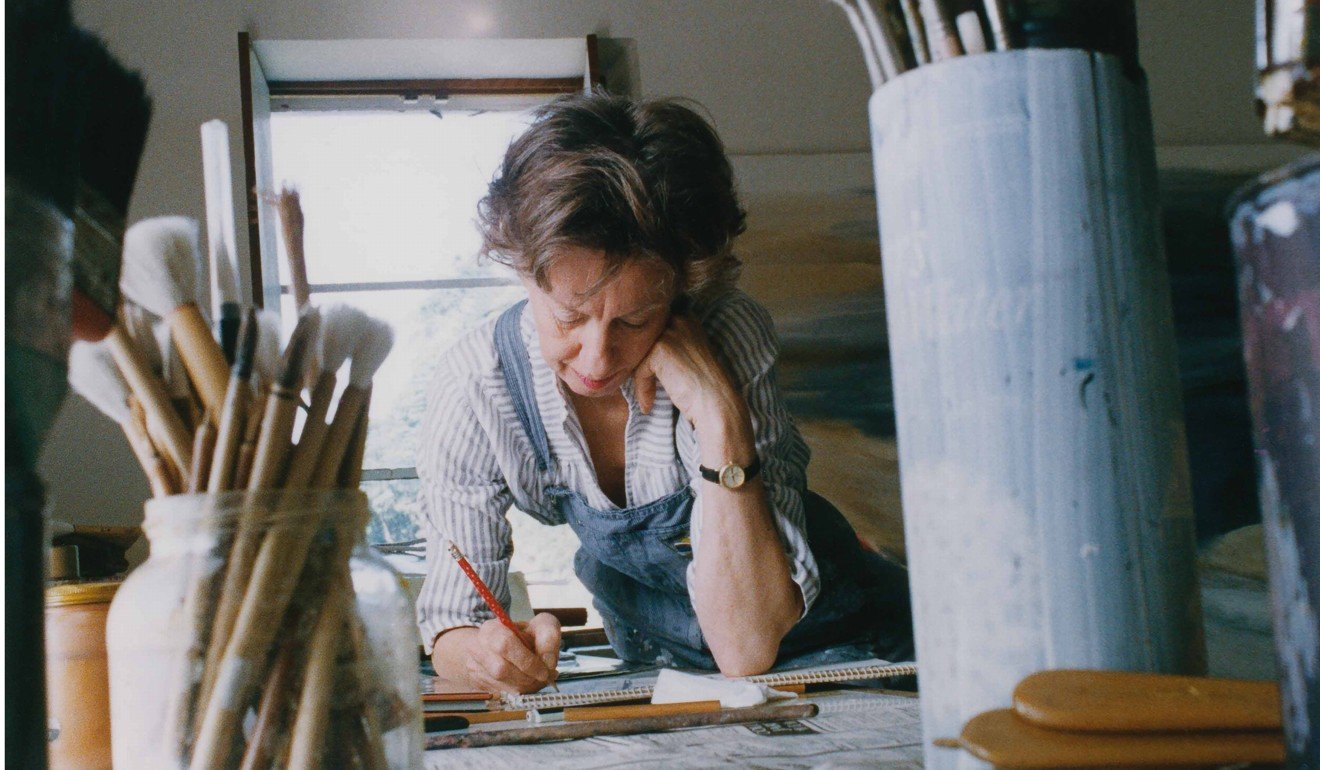
The official postal address for the new house was 119D Plantation Road. In 1914, as the number of dwellings on The Peak increased, it became 133 Plantation Road and, in 1924, it was 373 Plantation Road. But Bryer called it Hilden and the name stuck. It made an early appearance in the South China Morning Post in 1913, when the colonial treasurer, as collector of rates, successfully applied for an increase in its rateable value, judged by the healthy rents Bryer could collect. (Bryer, who built several Peak properties, usually let them out.)
In 1915, Hilden was home to Eldon Potter, an Irish barrister with an unusual Chinese connection. In 1898, when he was 17, his father, who owned and edited The Skibbereen Eagle newspaper in County Cork, described how the Empress Dowager Cixi had murdered her adopted son – the Guangxu Emperor – with the assistance of the Tsar of Russia.
“They commenced operations by burning his eyes and setting fire to his pigtail,” Potter’s father wrote. “Next they cut off his monkey nose, then removed his pearly teeth, pulled out his tongue, chopped off his ears, denailed his toes and cut his throat.”
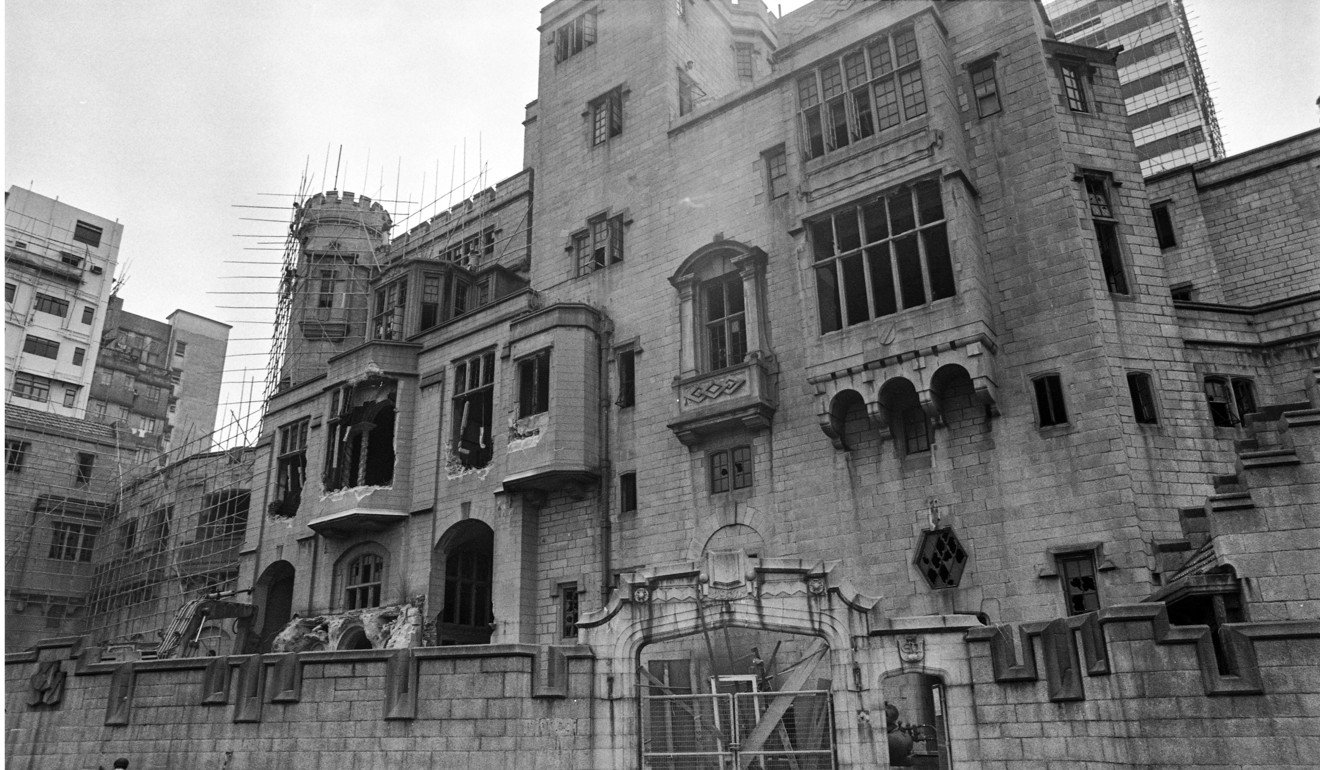
Not a word of this vivid account was true and China’s emperor continued to live for another decade (whereupon, in a spooky twist, it’s believed he was murdered by Cixi). But The Skibbereen Eagle sternly warned the tsar that it would “keep its eye on the Emperor of Russia”, a phrase that became an international joke. (There’s a reference to it in James Joyce’s Ulysses, 1922.) The global hilarity did not inhibit Potter’s desire to live off China’s coast – from Hilden’s north-facing eyrie he could keep his eye on its post-imperial chaos. Nor did it hinder his legal career – years later, he would become the first president of the Hong Kong Bar Association, founded in 1948.
By the late 20s, Hilden had become the property of the Asiatic Petroleum Company, a joint venture between the Shell and Royal Dutch oil companies. It was based in Shanghai but had offices in Hong Kong, and it needed somewhere to house its (male) employees. Hilden obliged until war arrived in 1941.
Many houses on The Peak stood empty, post looting, throughout the ensuing three years and eight months.
Long afterwards, Rosamond sat next to Lord (Lawrence) Kadoorie at a dinner. He had been involved in The Peak’s restoration and he remembered Hilden well. (“Your house seemed to be the nicest,” she remembered he told her, courteously.) When she wondered if the doors might be pre-war, Kadoorie replied, “There weren’t any left in those houses. All the doors and floors were burnt during the war.”
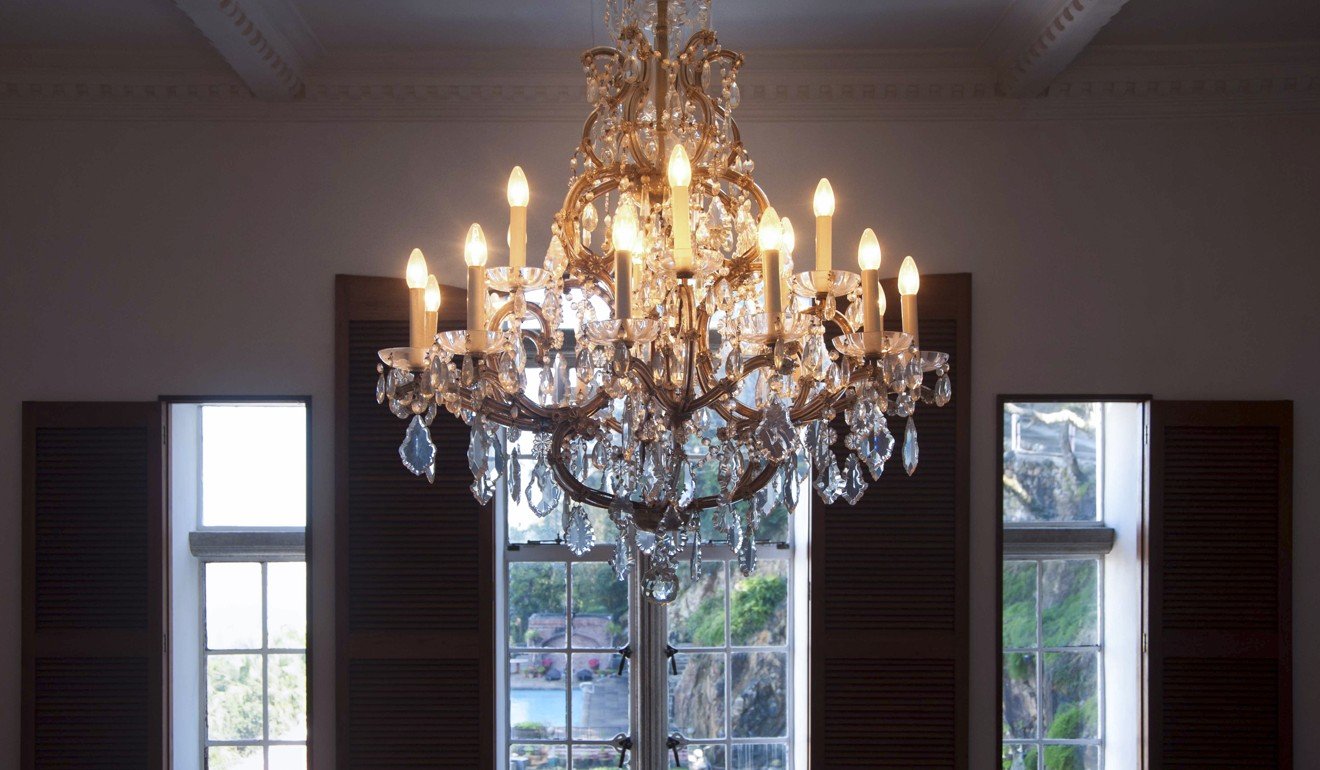
Not until the end of 1946 was Hilden once more ready for Shell employees to negotiate its 56 steps. In 1951, as the 1953 expiry date for the original 75-year crown lease approached, the government had to calculate how much it should charge to extend it for another 75 years. The director of public works estimated the house had a capital value of “not less than $200,000”. The cost of extension was set at HK$76,105.
There were further changes of address. Up the road from Hilden had been a house, also built by Bryer, called Tanderagee. Until the 1941 bombing by Japanese forces, it had been the residence of Hong Kong’s chief justice. After the war, the Royal Artillery used it for gunnery practice and, in the late 50s, Radio Television Hong Kong was allowed to erect a radio mast (which is still there) on the site. The route in became known as Tanderagee Road.
Finally, in July 1960, the Hong Kong Government Gazette announced that it would be renamed Pollock’s Path. Sir Henry Pollock, who had died in 1953, had several times acted as the colony’s attorney general. He had also been one of the founders of HKU. Naturally, he had lived on The Peak, in a house called Burrington, located on RBL No 1, a piece of land that would now bear his name.
Crown Relocations spent several days working at 5 Pollock’s Path. They filled it with boxes bearing the company slogan: “Go Knowing”. One of the employees, when asked, said yes, he was used to foreigners leaving: he had packed up for two governors, David Wilson and Chris Patten, as well as the Black Watch battalion of the British Army.

On one of those mornings, Rosamond stood in her hall holding a white gardenia that had just bloomed in the garden. A clutch of Crown men came staggering down the staircase with a massive 150kg pediment that had once decorated the old GPO, and which she had used as a coffee table. Another pediment was awaiting its departure upstairs.
Also present was Ng Tung-shu, who had come to remove a Tiffany lamp, bought by Charles’ great-grandmother in Paris, which was delicately hanging upstairs. For many years – “Half a century,” he remarked, modestly – he had been helping the Browns to create their home. He had installed fireplaces, chandeliers, finials; now he was extracting them so they could be redispersed among the family. (In August, Lane Crawford, having been given Rosamond’s blessing, sent up a contractor to take back its old fireplace.)
A large stack of canvases, by Rosamond and others, leaned against the wall of Charles’ study. She has always been both painter and collector. In the 50s, when her father was naval attaché in what was then Yugoslavia and is now Serbia, she had studied at the Academy of Fine Arts at Belgrade University. In 1977, she had showed at the Hong Kong Arts Centre’s inaugural exhibition and, in 1978, her work was in the first art exhibition held in Beijing’s British embassy. (George Bush Snr bought a painting.)
Hong Kong local artists such as Hon Chi-fun, Gaylord Chan Yu-sang, Wucius Wong and Irene Chou were a crucial part of her social and professional life. Of Hon, who had actually worked for the post office, she said, “He was my best friend, my pivot – a marvellous man.” After Charles died, to honour both him and the artistic community they had known, the Brown Family Annual Acquisition Fund was set up in 2014, to acquire contemporary art for the M+ collection over the next decade.
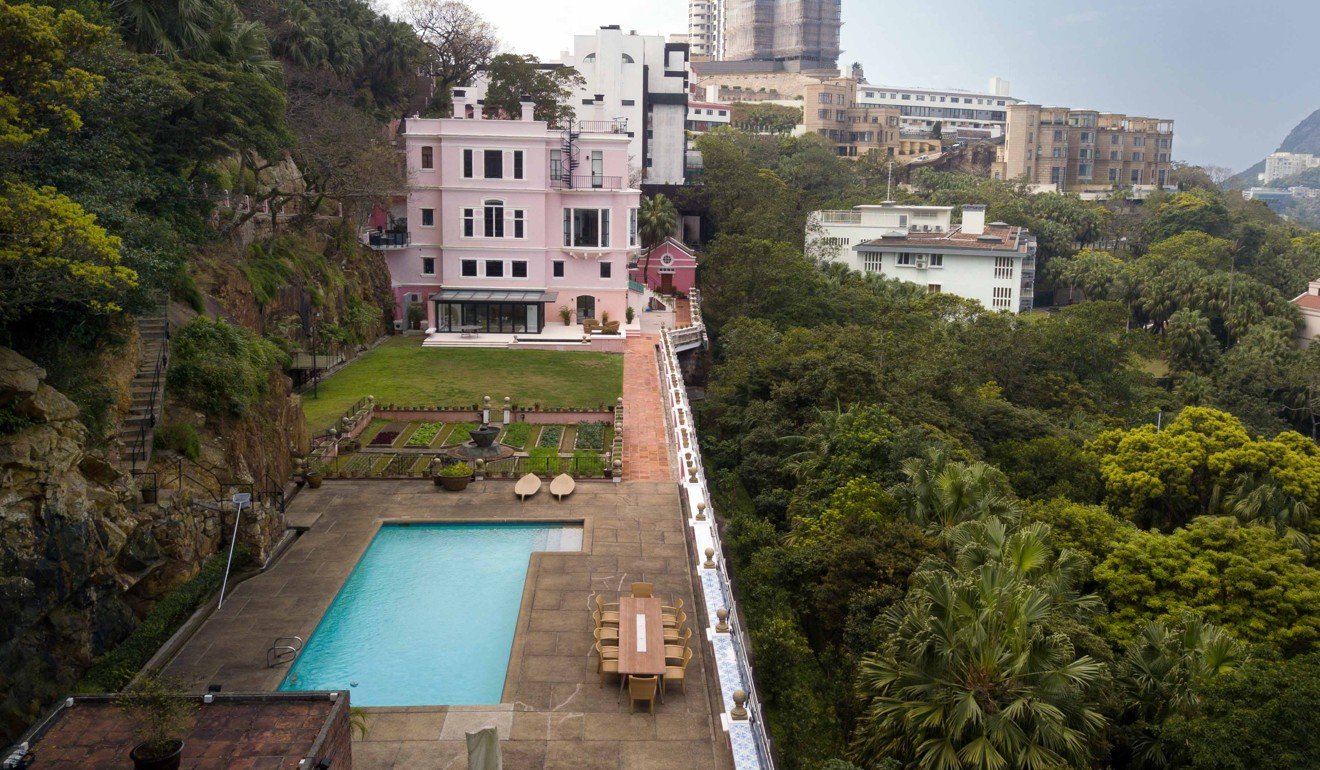
Rosamond arrived in Hong Kong with “two suitcases, three paintbrushes and a husband”. Now she had properties in Britain and France, and she had just rented a large flat, further down The Peak, with a west-facing aspect, where she planned to spend winters. In among the packing boxes for this new Hong Kong residence were mementoes from another era: two blue-and-yellow umbrellas given to official guests on the wet night of the 1997 handover. (No extension on that lease.)
“Would you like a fireguard?” she asked me at one point. “No one has fireplaces any more.” On the dining room floor was a collection of items that would probably end up with the Salvation Army: Christmas crackers, New Year lanterns, candles, blue-and-white teapots. In the corner stood an old carriage clock that Charles had bought in some Chinese market. It had stopped; and it was waiting to go.
